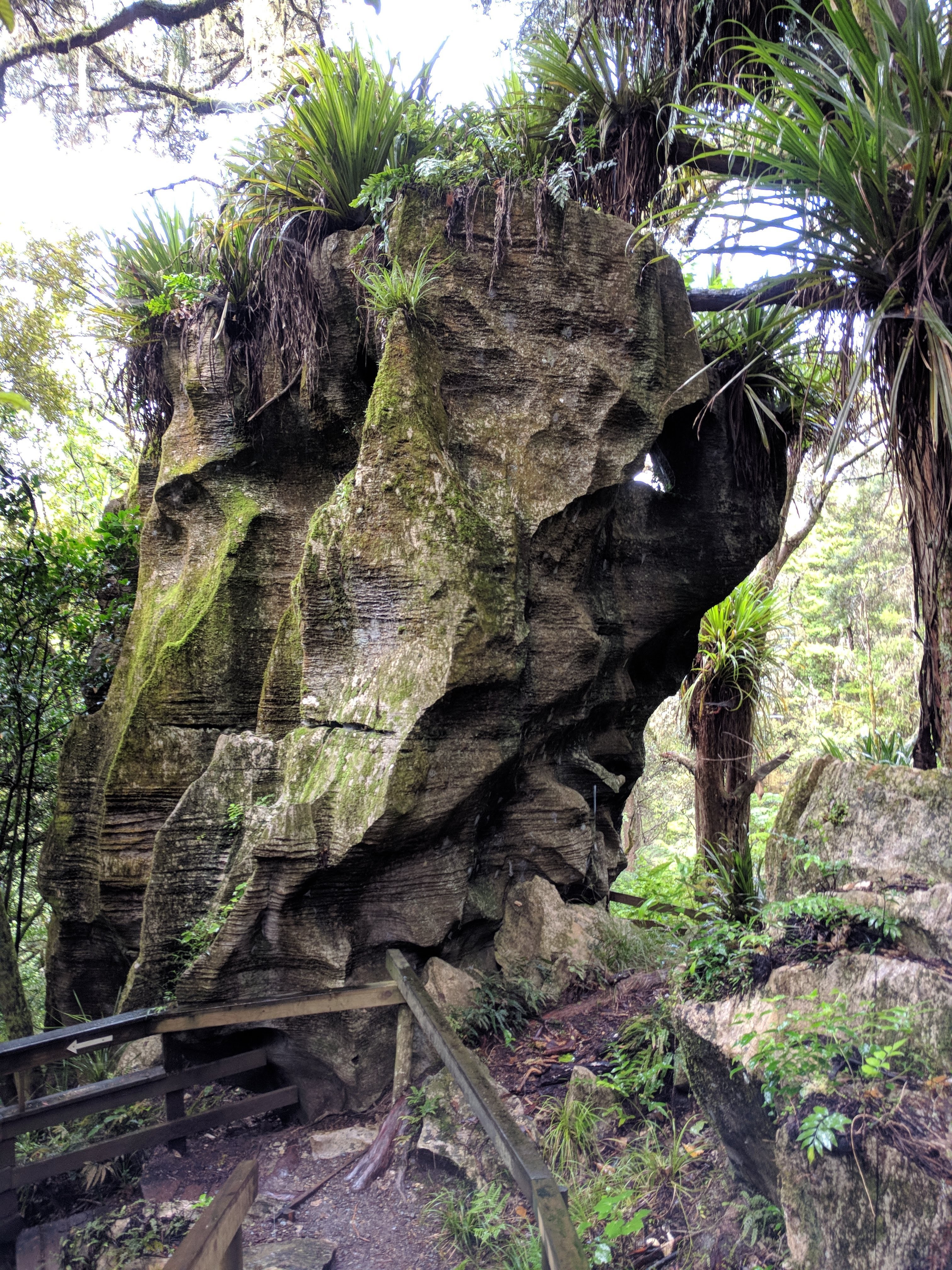

**This post was originally made in Wordpress on March 13th 2018**
Back to the song titles for posts, with thanks to Twisted Sister for this one!
Now to explain the relevance of the post title. This year I have started an Earth and Space Course at Level 2 (Year 12). This is something of a passion that I have had the privilege to indulge this year. The course includes a geological study of the rocks of a locality in NZ, and we are spoiled for choice in Northland, an investigation into an aspect of ESS that most interests the students, a socio-scientific report, topic yet to be decided, the formation of stars and planets and an extreme Earth event in NZ, of which there are plenty to choose from. Throughout the year I hope to come back into this and leave some more reflections.
One of the learning experiences I have managed to organise for our students is a seismometer, which has been connected to the NZ Ru Network (after Rūaumoko - the Māori god of volcanoes, earthquakes and seasons) and is situated in the library at the school. The unit itself is a spring connected to magnets in a coil and a piece of copper piping (Lens' law for the physics fans out there!), fed through to an Arduino device which talks to a Raspberry Pi.
Within 24 hours of connecting, we picked up the rolling ground waves of a 6+ aftershock from the Papua New Guinea earthquake, which rolled on for nearly an hour. This was confirmed by other seismometers in the network, including the 'home' device in the University of Auckland. This picture shows the two traces one above the other. The top is ours, the lower is the UoA trace, and the highlighted yellow sections are the corresponding records of the shake.

The live images from the network can all be seen on this website.
We have also taken a couple of field trips, one to the Kawiti Glow-worm caves and Waro reserve to see karst limestone formations (incidentally, the limestone that makes up these formations is part of the Te Kuiti group and are a long way from where they were layed down as sediments (25-30 million years ago). This photo shows the entrance to the caves, sadly no pics inside as it is firstly tapū (sacred) and secondly because it upsets the glow-worm (Arachnocampa luminosa in case you were wondering).


The limestone has been eroded into these fantastic shapes by acidified water gradually eroding the rock.
We were also welcomed onto the marae (Māori meeting grounds) as one of our students was related to the kaitiaki (guardians) of the caves. This was a welcome break from the rain, and a wonderful cultural experience.
The Waro Reserve also has good examples of fluted limestone / karst formations, as well as being an ex-marble mine (now flooded) and aboe the coal seams that run through into Kamo (Waro is coal in te Reo). Some of the karst is horizontal with erosion caused by water dripping from the branches of trees over time.

[gallery ids="172,173,174" type="rectangular"]
The second field trip was out along the Whangarei Heads Rd, and will be covered in the next post. This topic has certainly fired my imagination, and hopefully my students also have an appreciation of the forces at work to change these ancient landscapes that are so beautiful and striking. They certainly appreciate my passion for this fascinating topic!

No comments:
Post a Comment